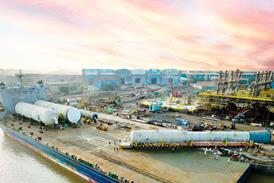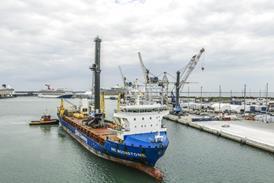World Shipping Council (WSC) has further developed the Green Balance Mechanism, a regulatory measure designed to ensure that shipping meets its net-zero goal by 2050 in an efficient, just and equitable way.
A detailed proposal, including design updates and regulatory text for the Green Balance Mechanism, has been submitted to support the development of effective climate regulations for shipping at the IMO ISWG-GHG 17 and MEPC 82 meetings.
Ships designed to operate on green fuels are already on the water, and over 60 percent of new container and vehicle carrier vessels for delivery by 2030 will be ready to use the greenest fuels, said WSC. However, these fuels are scarce and several times more expensive than fossil fuels. WSC’s Green Balance Mechanism aims to bridge this price gap, making green fuels competitive with fossil fuels. Fully integrated with a technical fuel standard, the mechanism allocates funds collected from higher greenhouse gas (GHG)-intensity fuels to lower GHG-intensity fuels, allowing carriers to operate competitively on green fuels, ensuring demand that will drive investment in green energy and fuel production.
“For shipping’s energy transition to take place, green maritime fuels must be available at scale, requiring billion-dollar investments by energy producers. For these investments to occur, the IMO must adopt regulations that not only increase fossil fuel prices but also make green fuels a viable alternative. Only then will there be a strong enough market for green maritime fuels to stimulate the necessary levels of investment in green fuel production and renewable energy,” said Joe Kramek, president and ceo of the WSC.
WSC said the Green Balance Mechanism encourages immediate investment in the greenest fuels and technologies, jump-starting the energy transition in a cost-efficient manner. It provides incentives for fuel producers and shipowners to invest in advanced technologies now, avoiding costly incremental changes.
It is fully integrated with a greenhouse gas fuel-intensity standard and applies a fee on fossil fuels and then allocates the funds to green fuels so that the average cost of fuel is roughly equal. The fees and allocation of funds are calculated each year, based on the amount of green fuel use and market prices, balancing out the cost across very different fuels.
















